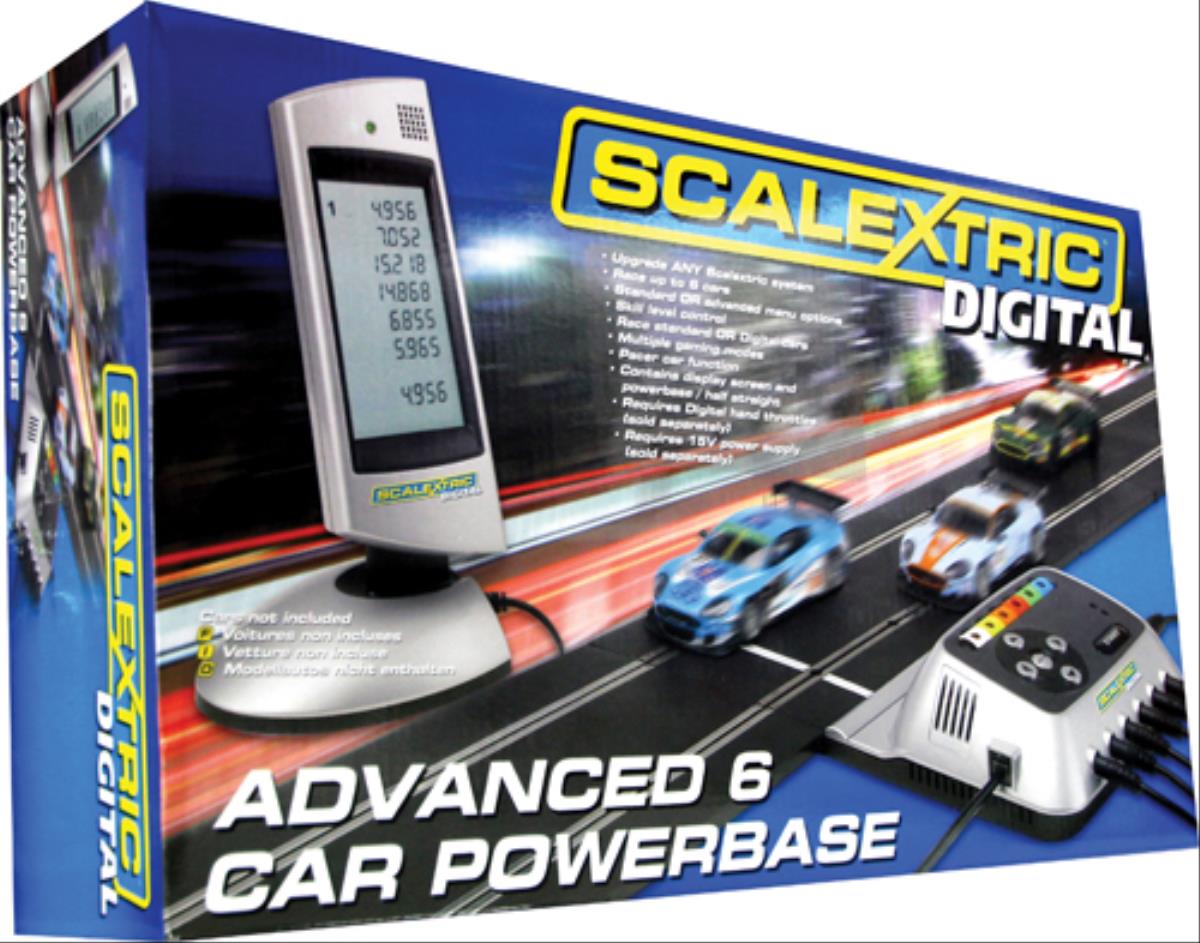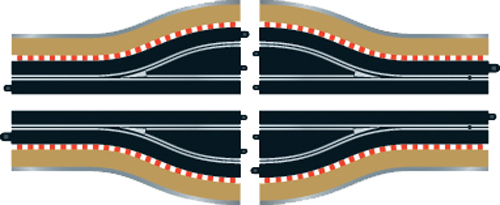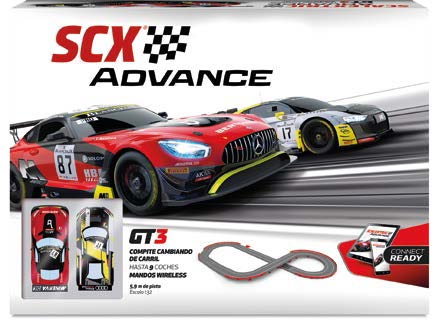

 TERRY SMITH gives a beginner's guide to digital systems.
TERRY SMITH gives a beginner's guide to digital systems.
When it comes to technical enquiries regarding slot cars, our customer services get more questions on Digital operation and compatibility than anything else. We take you through the potential minefield that is Digital Slot Car Racing.
Perhaps I should start at the beginning, and talk you through how digital systems work and the differences between digital and the 'standard' system i.e. non-digital. With standard operation for each lane, you need a separate hand throttle which feeds power via a transformer to the pick-up rails, which is then transferred to the motor in the car via the braids under the front of the model. You can only control one car at a time on each lane, if you do put more than one car on they will both move when the throttle is used. This is how it has been since the late 1950s and has served the slot car community very well indeed. One controller, one car, on one lane, simples!

While Digital slot car racing has only been with us commercially for less than 20 years, we can trace its origins back to over twice long ago, to the early days of Digital Model Railways. Back in the late 1970s, both Hornby and Airfix offered a digital system that allowed you to have multiple model locomotives sitting on a layout. By punching in a code you could ‘call up’ the locomotive of your choice and run it while the others remain dormant. You could even run more than one locomotive on the same piece of track at different speeds and direction. This system worked by having a constant AC feed to the rail, a signal was then sent down the rail to a decoder fitted inside the locomotive which converted the AC power to DC which was then fed to the motor.

Although both of these British systems soon faded away, digital model railways continued to grow momentum in Europe and by the turn of the millennium Hornby, Scalextric's parent company, had re-entered the digital model rail market. Someone must have then thought 'can we transfer this technology over to slot car racing?'. If you could control multiple locomotives on the same rails, surely you can do this with model cars. It would be no good if you couldn’t make overtaking manoeuvres, so manufacturers such as Scalextric and Carrera developed track sections that would allow cars to change lanes. Each car, like the model locomotive, has to have a decoder chip fitted which is linked to its own digital controller. The controller also has an extra button on it to operate the lane changers. The benefit is that not only can you swap lanes to get the best line around the circuit, butsystem works separately you could also race against more opponents. Initially this was up to four cars, but this was upped to six with both the Scalextric and Carrera systems. However, with the latest SCX Advance digital this can handle up to nine racers! All these systems can now be linked to apps on tablets or smart phones, to allow realistic features such as fuel loads and tyre changes which require the racer to take pitstops. However, all this technology comes at a price and the digital sets and cars/decoders/lane changers push the price of slot car racing way above the 'standard' systems.

Apart from the cost, there is a huge issue to consider before you make the leap and that is unlike model railway manufacturers who got themselves in order by opting for a common standard controlled by the NMRA, there is no such standard for digital slot car racing. This, unfortunately, means that each digital slot system works separately and they are not compatible with each other. So, if you have a digital Scalextric car it will not work on a Carrera digital track, just as neither will work with SCX Advance and vice versa. This is a drawback, but if you decide on a system you may be able to fit a suitable decoder from that manufacturer to other makes of cars, but you might have to do a fair bit of work. Of note, Carrera still offer cars with a digital chip already fitted to work on their system, while Scalextric now don’t do this, they sell cars that are ready to take their decoder chip. This is an easy thing to do on a Scalextric car as on most cars they produce they have a panel which you remove from the chassis and replace this with their DPR chip. They also offer a chip which can be hard-wired in and this may be used to convert other makes of cars to run on Scalextric digital.
So, do you need digital, and what are the advantages?
Pros
Cons
Check out some of the digital slot car options from Scalextric and SCX on our website.